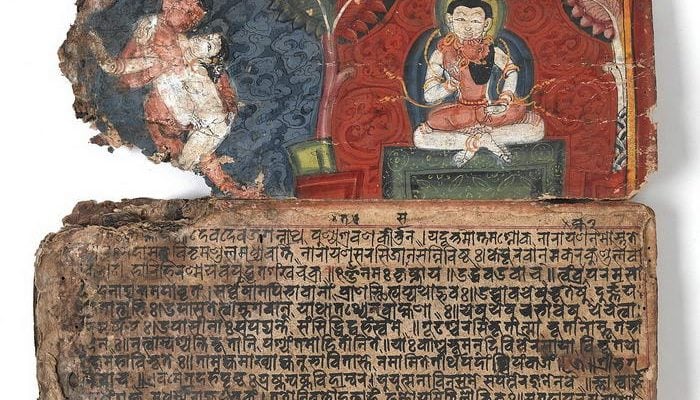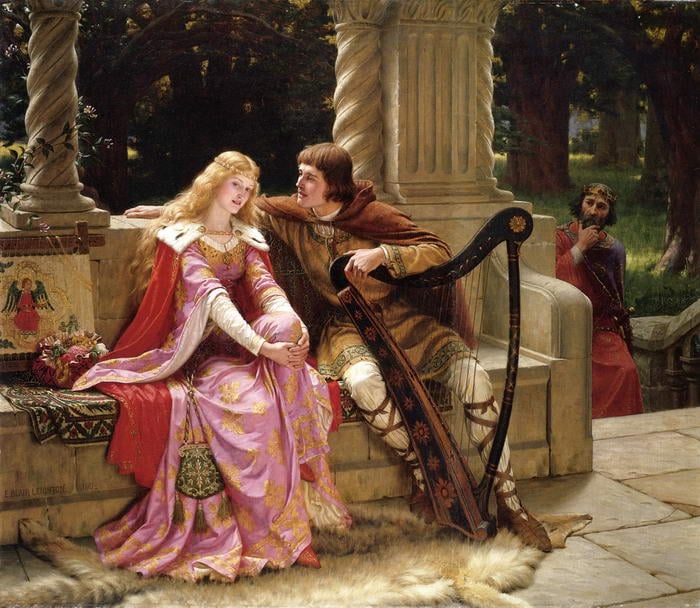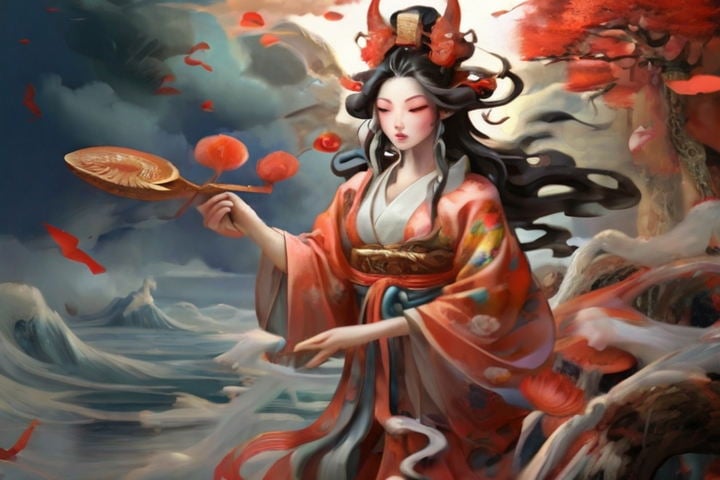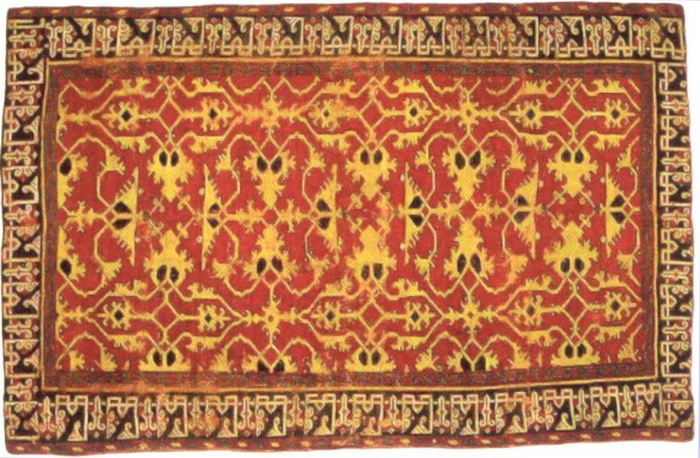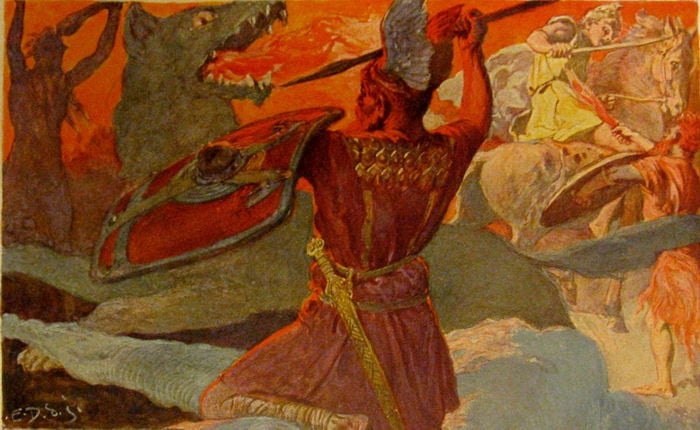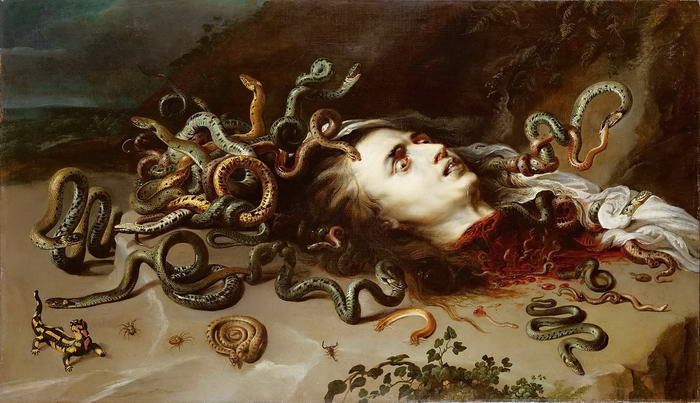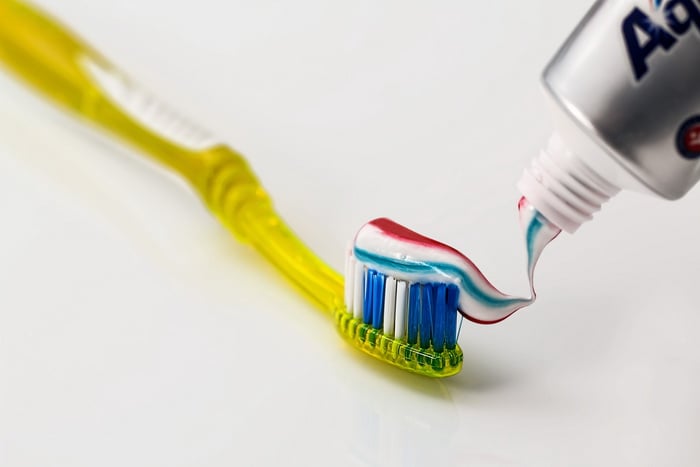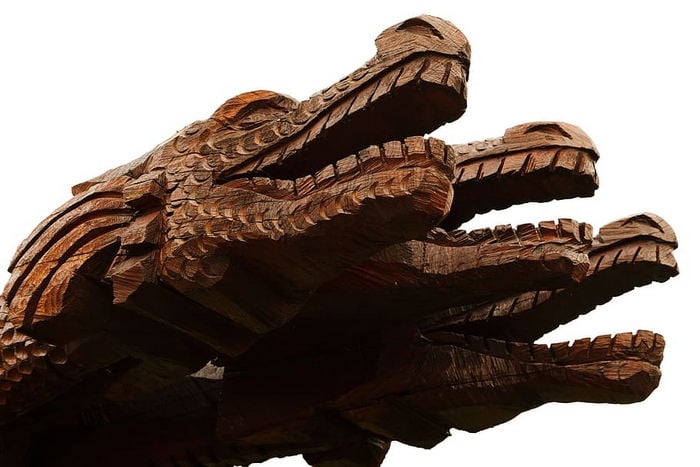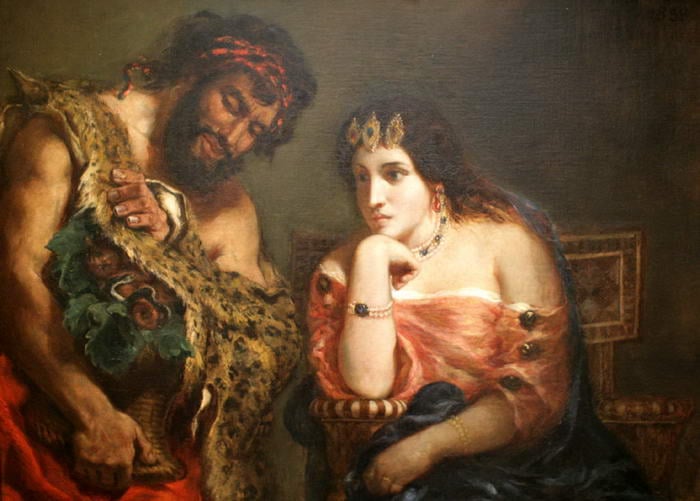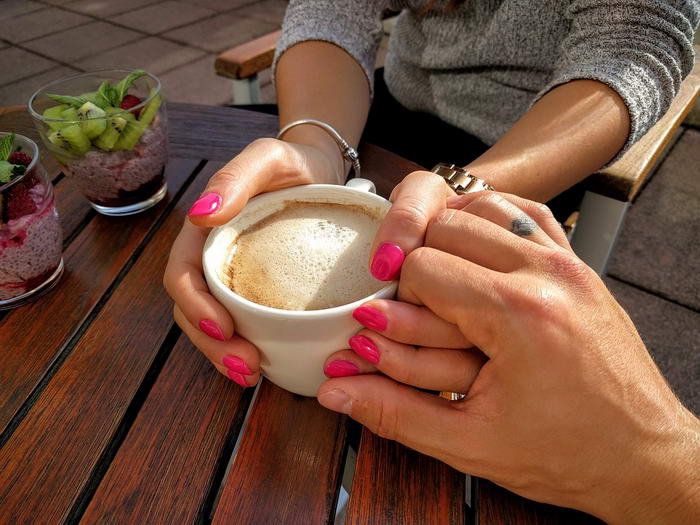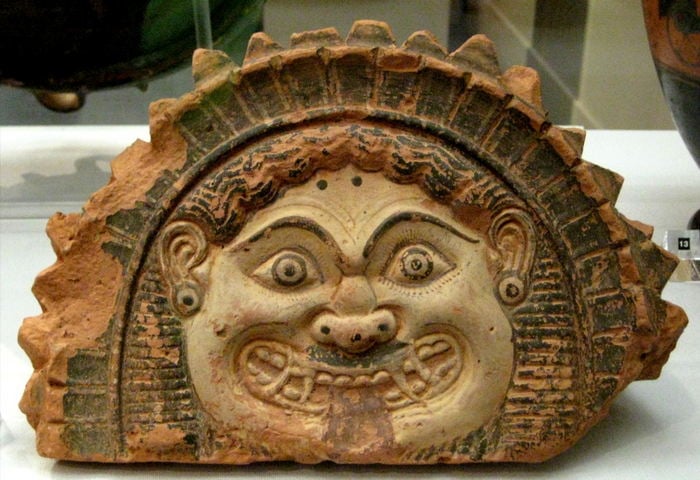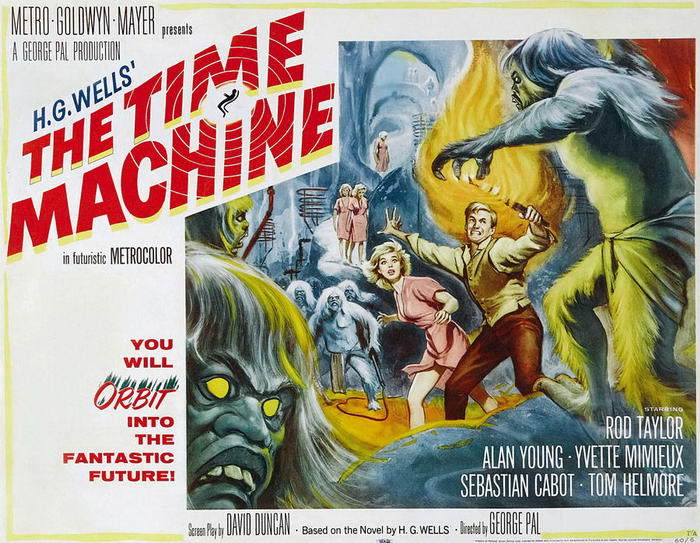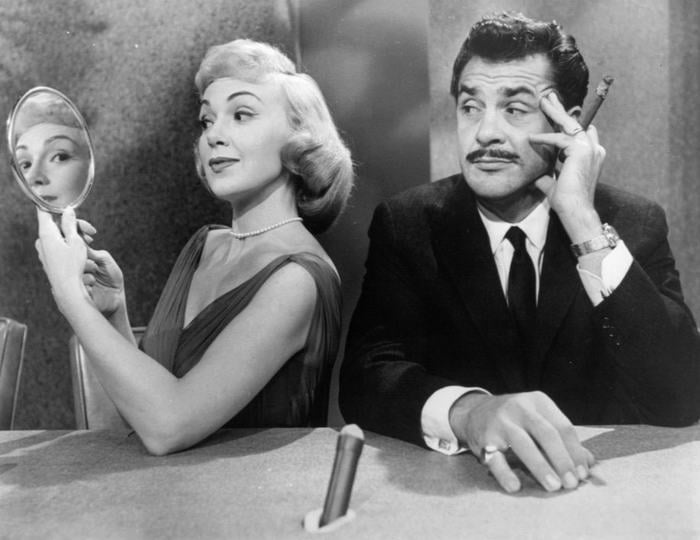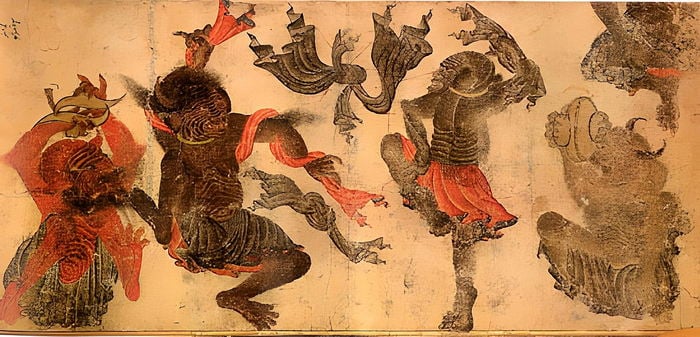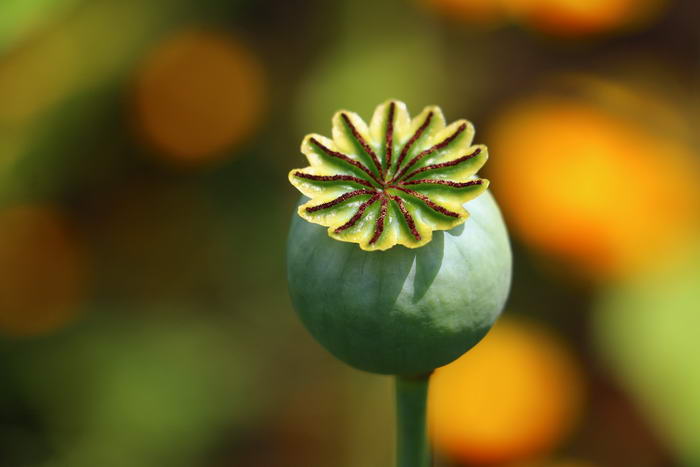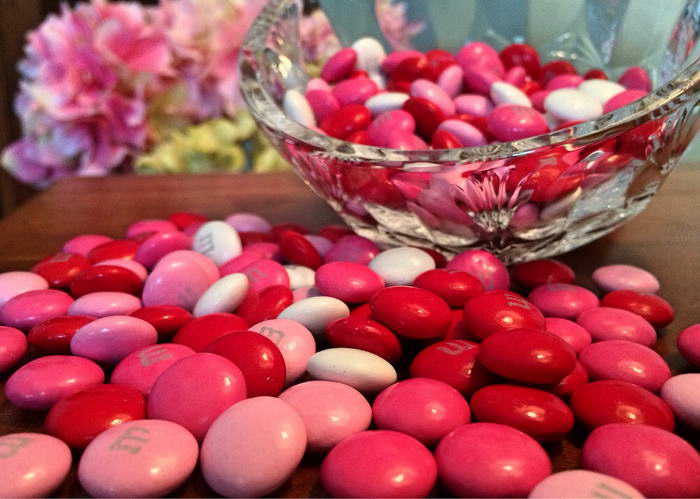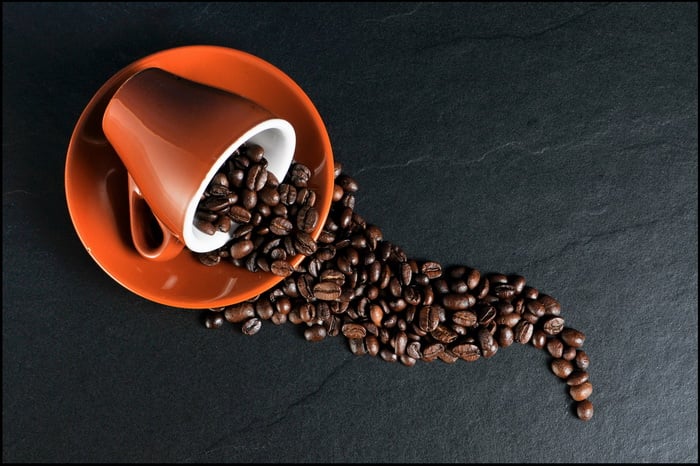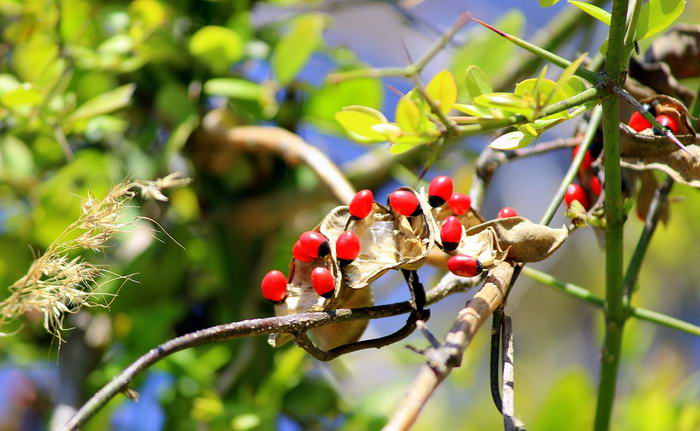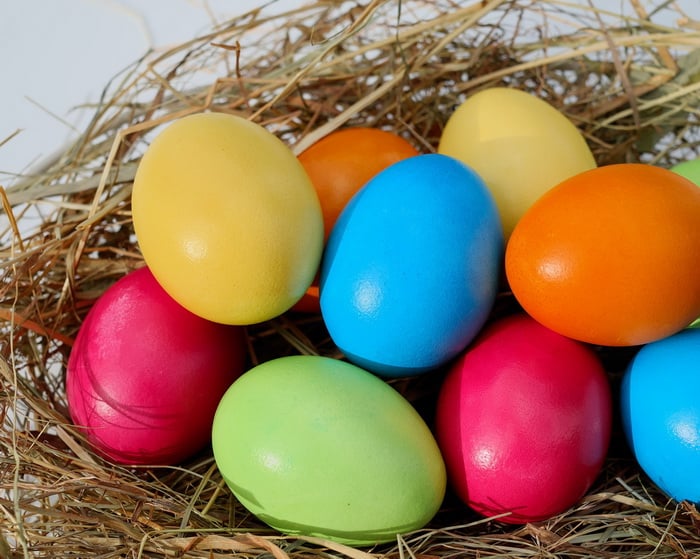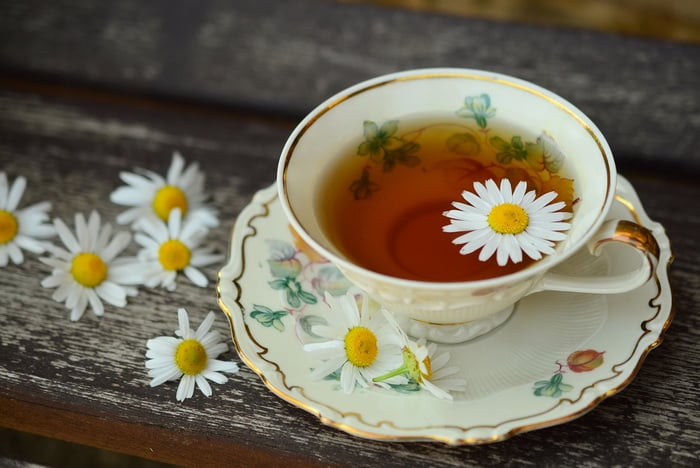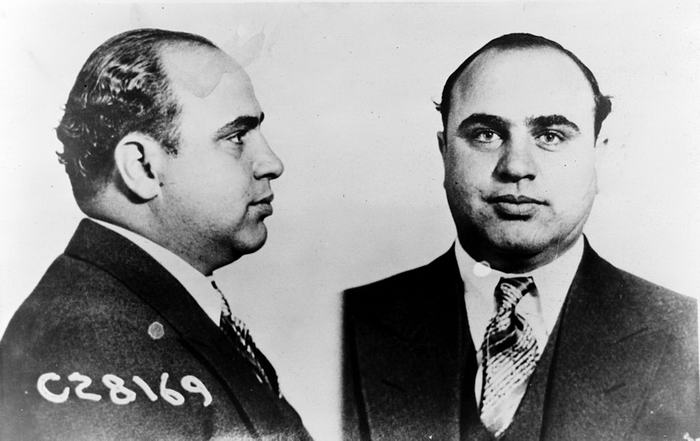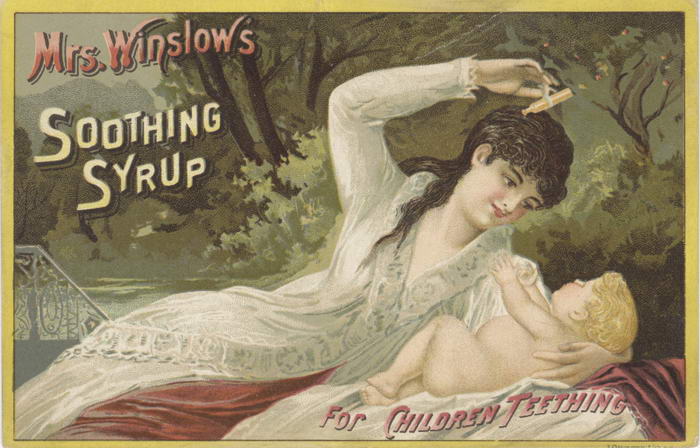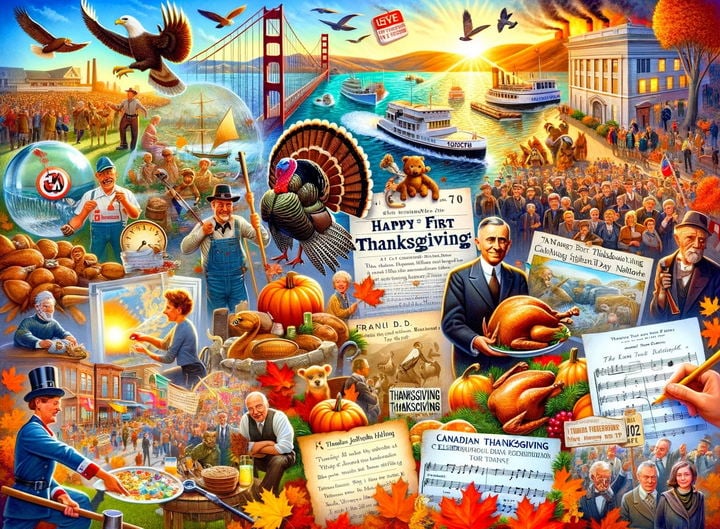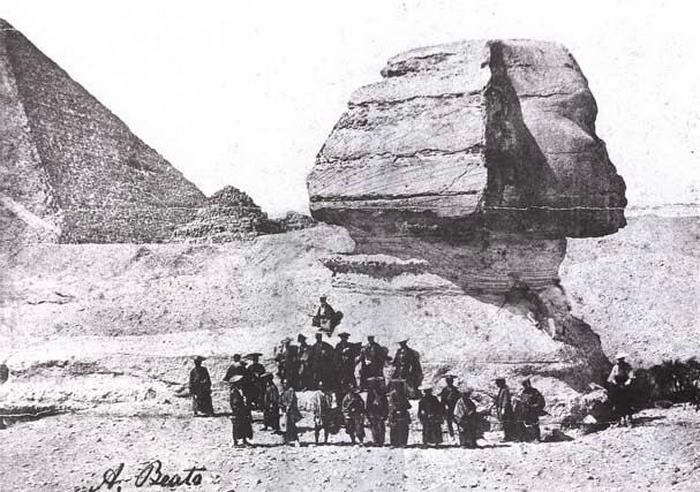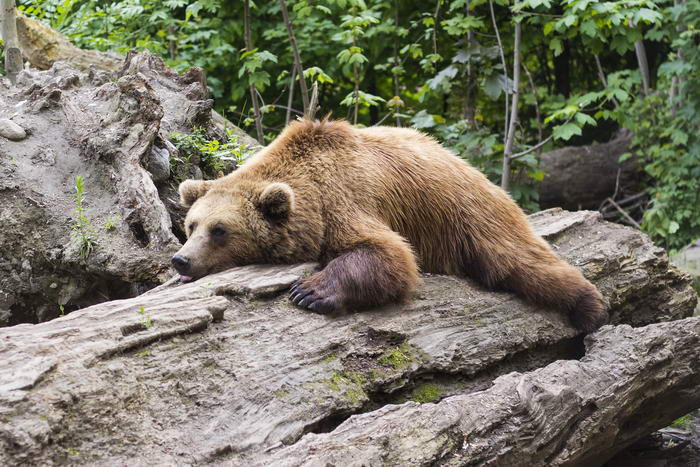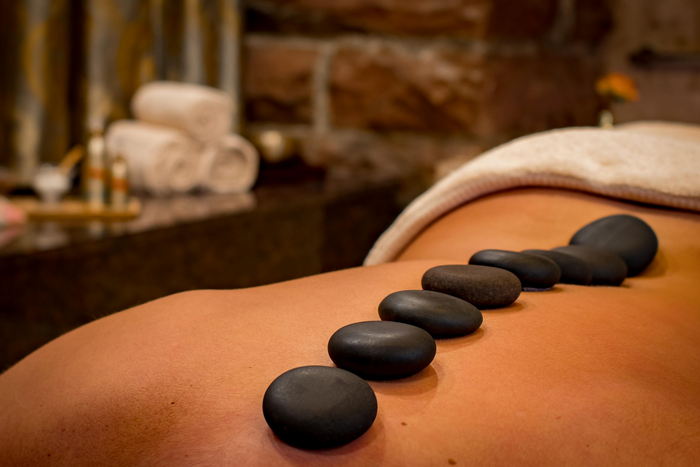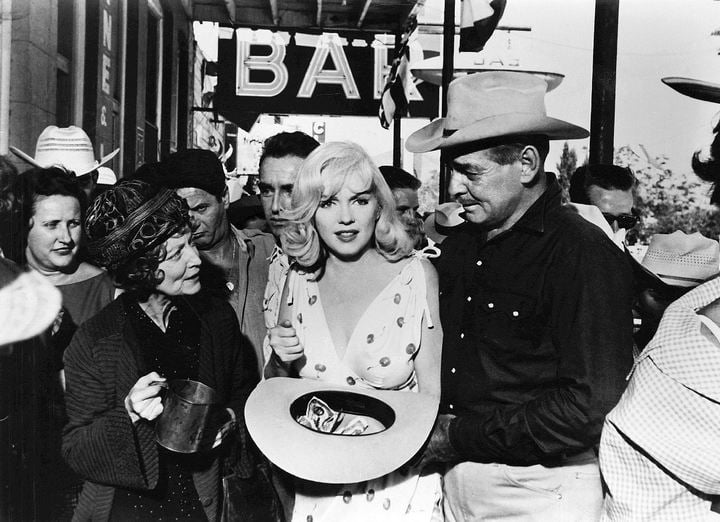Across the vast tapestry of human history, few topics have captivated our collective imagination quite like love. And at the heart of love, mystery, and romance, stands the potent realm of aphrodisiacs. What are these enchanting substances that have been whispered about in hushed tones through the ages?
An aphrodisiac is defined as any food, drink, or substance that stirs up sexual desire. The term traces its roots to the Greek goddess of love, Aphrodite. From fabled love potions in fairy tales to prized dishes in royal feasts, these desire-enhancing substances have interwoven themselves into the fabric of our stories and traditions.
However, the more pragmatic among us might raise an eyebrow and question, Are aphrodisiacs a real thing? The search for this answer reveals a mix of science and lore. While some assert their veracity based on personal experiences or ancient customs, others look for concrete scientific backing. And though science does lend credibility to certain substances for their physiological effects, the psychological aspect of belief plays an undeniably strong role. For when the mind perceives, the body often follows.
As we peel back the layers of time, we’ll uncover tales of passion, desires, and the aphrodisiacs from history that have fanned their flames. Join us as we explore the top 10 historical aphrodisiacs that have seduced the senses of countless generations before us.
10 – Pliny Potions

Pliny the Elder was a famous figure in ancient Roman society. He was a mixture of visionary medic, philosopher and scientist who recorded his thoughts on all things in one massive tome called Natural History. Part of the book deals with the best aphrodisiacs to take at the time and they are pretty strange. If it is the woman who needs help, a piece of wool dipped in bats blood and placed under her pillow is his solution. For men, there are a number of which wearing the testicle of a cockerel in a ram’s skin on one’s person is the weirdest!
09 – Sweat
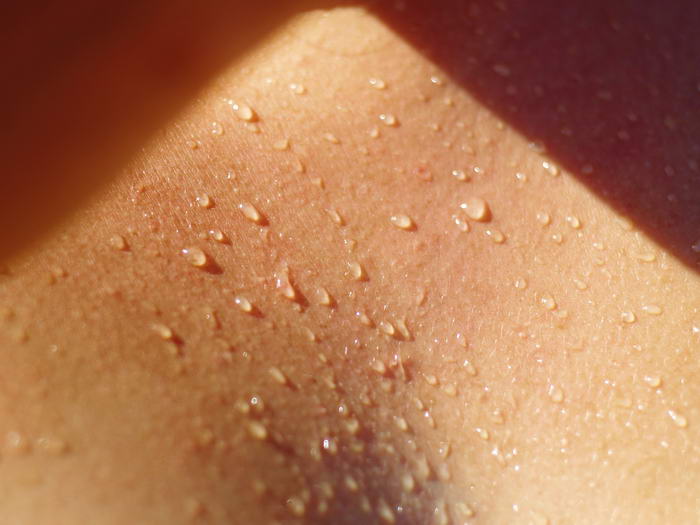
This is gross but slightly better when you realise it is not just any old sweat that the Romans used to pep their love lives up. They would collect the sweat of Gladiator’s from bathhouses and sell this to their female fans who would find it very erotic. They would use it as a type of perfume or ask their husband to wear it as aftershave as this would make them very horny. As we know, Gladiators were very masculine, and this knowledge seemed to boost s*xual performance in normal people.
08 – Leeks And Garlic
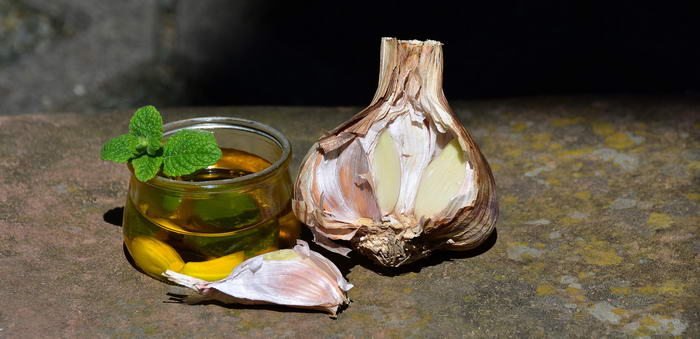
The Greeks were another ancient society that had a few cures for male infertility issues. If you were a Greek man that needed some extra energy in the bedroom, they would have given you a leek or some garlic to eat raw! The idea behind both is that the shape they have looks like a penis (for the leek) and the testes (for the garlic bulbs). The Greeks saw their shape as a hint from the gods of what they could help with, hence why they used them in this way.
07 – Ambergris

06 – Spanish Fly
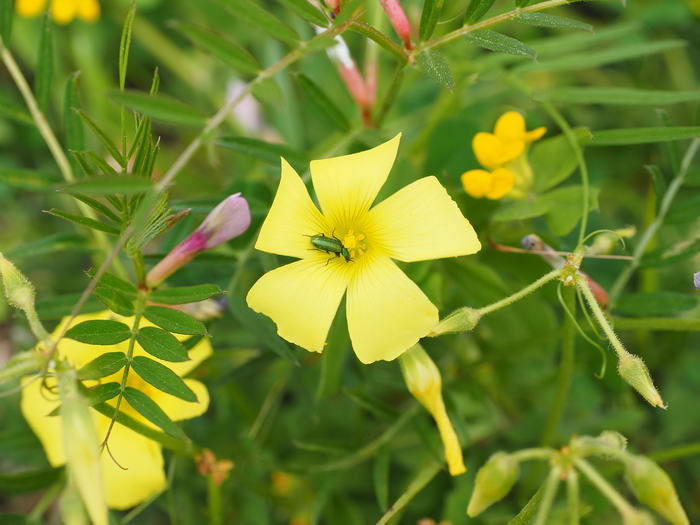
This is probably one of the most famous aphrodisiacs out there that you may have heard of. Originating from Roman times, it is actually made from crushing up blister beetles and eating the paste. Although it seemed to work, it is now thought it worked too well. Spanish fly was found to cause painfully long-lasting erections in men and also had a substance in it that was toxic in larger doses!
05 – Artichoke

This is another old remedy from ancient Greece. As you can see, this and the Roman civilizations were quite active in coming up with s*xual aids! There is a legend behind this aphrodisiac which is that the god Zeus turned one of his lovers into one to punish her from going back to Earth to see her family. This led the Greeks to believe it was a potent way to pep up their love lives. It is also used in this way today but not so much as in the past.
04 – S*x Manual Tips
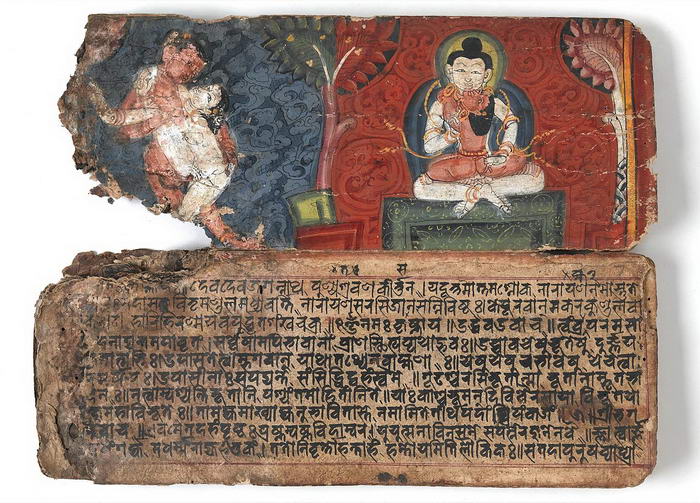
03 – Lettuce

02 – Bird Brain Cake
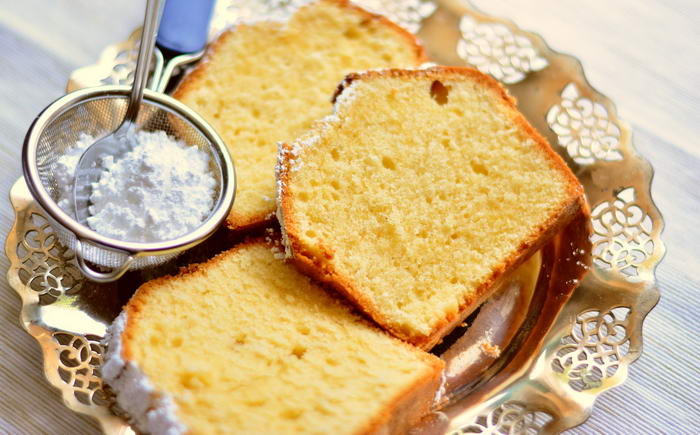
The Islamic world of old also had its fair share of great thinkers and recipes to get you in the mood. One great Islamic thinker was called Avicenna and he came up with a cake that would full you with vigor, it was said. This is not for the fainthearted though! It basically contained 50 bird brains, loads of butter and loads of eggs. You would bake this in the oven and eat with wine when ready. One would assume the wine helped take away the taste!
01 – Anglo-Saxon Advice
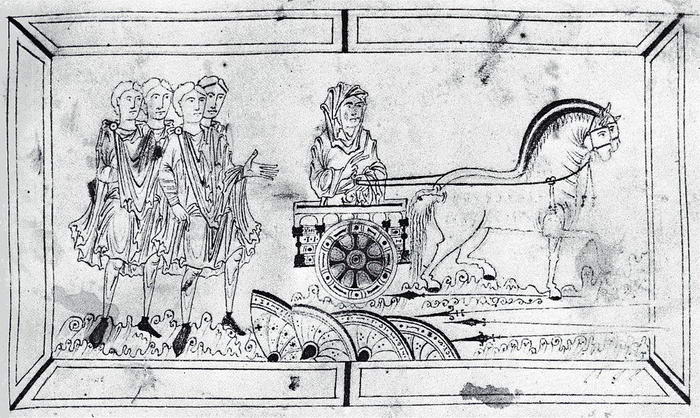
Not many texts have survived from the Anglo-Saxon period in Europe but those that have give advice on s*xual performance. They all seem to involve rubbing weird stuff on a man’s penis though! One cure for not being up for it is to rub the gall of a boar against the penis and testicles! To make a man’s wife more in the mood, the advice was to mix the gall of a buck goat with nettles and incense before rubbing it on his penis.
As you can see, there have been some truly weird and wonderful ways to help men and women get it on throughout history. Of course, those who need it now have a more scientific approach open to them with medicine like Viagra. One thing is for sure – it is certainly better than any of the above
The Mysterious World of Aphrodisiacs
Throughout time, humanity has pursued the essence of love and passion, seeking various ways to heighten the romantic experience. Aphrodisiacs have long been at the heart of this quest. The word itself, rooted in mythology, promises allure and enchantment. But how did our ancestors view these tantalizing substances?
In ancient civilizations, love and fertility were deeply interwoven with survival and prosperity. Therefore, substances that promised increased virility or heightened intimacy were held in high esteem. From ancient Chinese dynasties that relied on ginseng to the Romans who believed in the powers of garlic, aphrodisiacs spanned cultures and eras. In many ways, these substances became a bridge between the tangible and intangible, between the physical and the emotional.
Many aphrodisiacs also have roots in sympathetic magic, a belief that resemblance evokes essence. This ideology suggests that foods resembling genitalia, like oysters or figs, possess sexual powers. Additionally, rare and exotic ingredients, due to their scarcity, were believed to have unique properties. These ancient aphrodisiacs served not only as stimulants but also as symbols of status and opulence.
Over time, as science progressed, the understanding and validation of these substances changed. Some aphrodisiacs were debunked, while others found validation in their chemical compositions that had genuine effects on libido or stamina. Nonetheless, the mystique surrounding aphrodisiacs persisted, marking them as an enduring element of human history.
The Aphrodisiac Debate
So, after delving deep into the realms of history and uncovering various aphrodisiacs, the inevitable question arises: What is the most powerful aphrodisiac? The answer, as it often happens with matters of the heart, is subjective. For some, the answer might lie in rare and exotic herbs, while for others, it might be something as simple and profound as genuine human connection.
Further complicating the conversation is the modern-day comparison between aphrodisiacs and medications like Viagra. Is aphrodisiac and Viagra the same? Not quite. While both aim to enhance sexual experiences, they function differently. Viagra and similar drugs are designed to treat physical issues, specifically erectile dysfunction, by increasing blood flow. Aphrodisiacs, on the other hand, target the psyche, aiming to elevate mood or stimulate desire.
In the ever-evolving world of health practices in history, it’s crucial to differentiate between fact and fiction. As we’ve seen, some famous aphrodisiacs from history might have had genuine effects, while others were perhaps grounded more in hope than reality. Nonetheless, their cultural significance and their role in human passion and desire cannot be understated.
In the age of information, skepticism, and science, it’s essential to approach the topic of aphrodisiacs with an open mind, drawing from both history and modern research. Whatever your stance, there’s no denying the allure of substances that promise enhanced intimacy and romance, reminding us of the ever-present human pursuit of love and connection.


